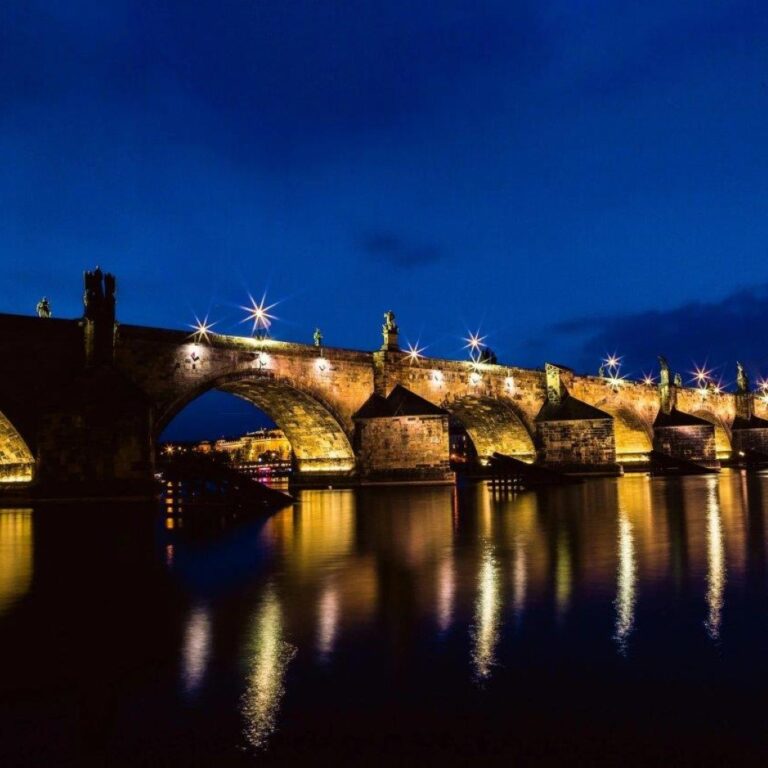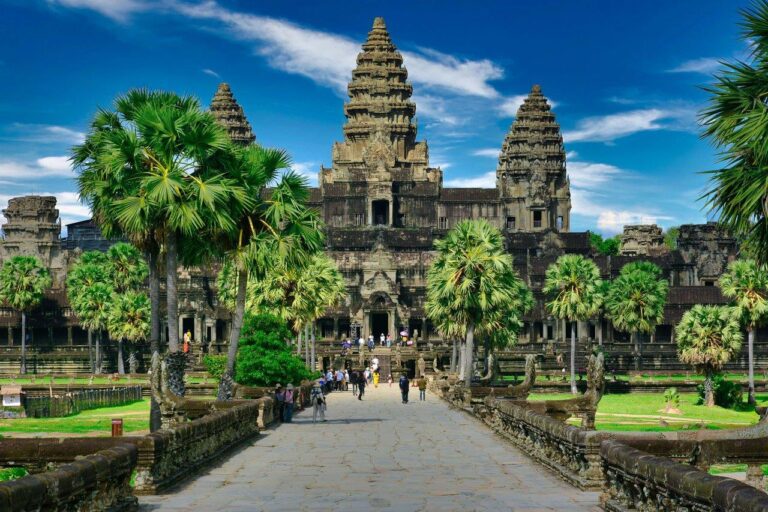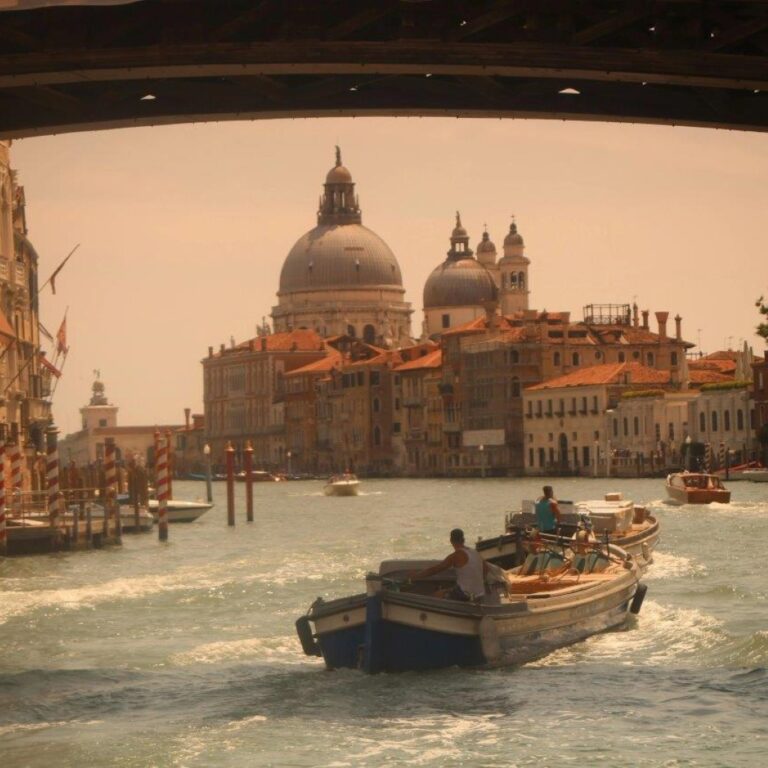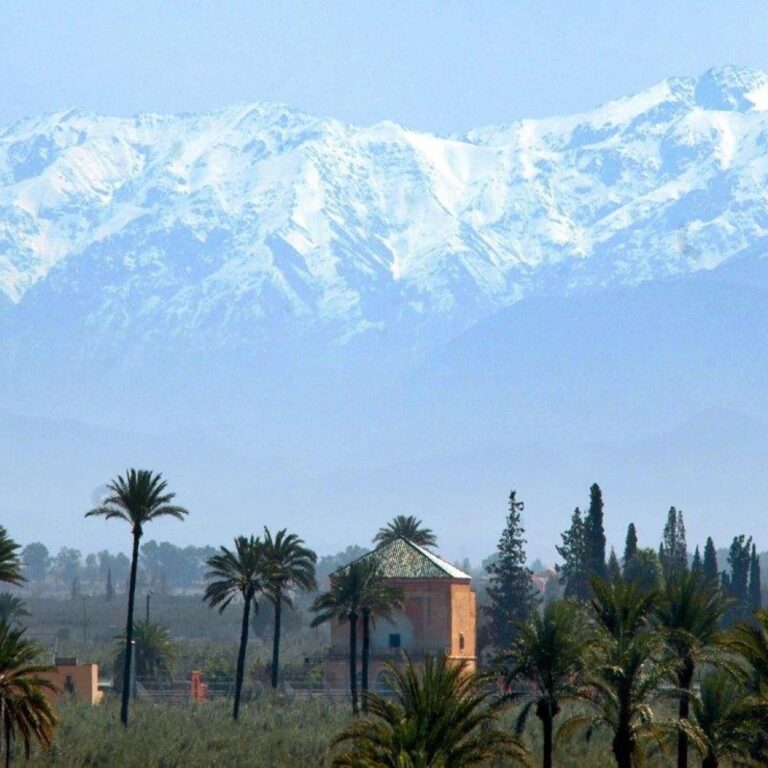Charles Bridge was commissioned by King Charles IV in 1357 and was completed in the early 15th century, replacing an older bridge that had been damaged by floods.
The bridge spans the Vltava River and connects the Old Town with the Lesser Town (Malá Strana) and Prague Castle.
Charles Bridge is 621 meters (2,037 feet) long and nearly 10 meters (33 feet) wide, supported by 16 arches.
The bridge was originally called Stone Bridge or Prague Bridge but was renamed Charles Bridge in 1870 to honor King Charles IV.
Construction of the bridge began on July 9, 1357, at precisely 5:31 a.m., a time chosen for its palindromic sequence (1357 9 7 5:31), believed to bring good luck.
The bridge is adorned with 30 statues and statuaries, mostly Baroque-style, added between 1683 and 1714. These statues depict various saints and patron saints.
The most famous statue on Charles Bridge is that of Saint John of Nepomuk, a national saint of the Czech Republic. Touching the statue is said to bring good luck and ensure one's return to Prague.
Charles Bridge was the only means of crossing the Vltava River until 1841, making it an important trade route between Eastern and Western Europe.
The bridge is protected by three bridge towers, two on the Lesser Town side and one on the Old Town side, known as the Old Town Bridge Tower, which is considered one of the most beautiful Gothic towers in the world.
Throughout its history, Charles Bridge has survived numerous floods, the most devastating of which occurred in 1890, causing severe damage and leading to significant repairs.
The bridge was used for both pedestrian and vehicular traffic until 1965, when it was designated for pedestrians only to preserve its structure.
Charles Bridge is a popular spot for artists, musicians, and vendors, creating a vibrant atmosphere for tourists and locals alike.
Legend has it that eggs were mixed into the mortar used to build the bridge to strengthen its structure, a practice believed to have contributed to its longevity.
The bridge offers stunning views of Prague Castle, the Vltava River, and the city's historic skyline, making it a favorite location for photographers.
Charles Bridge is one of the most visited tourist attractions in Prague, drawing millions of visitors each year who come to admire its beauty and historical significance.



